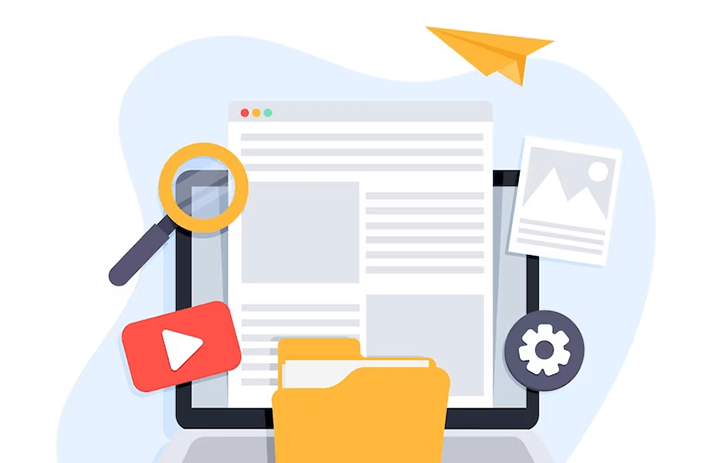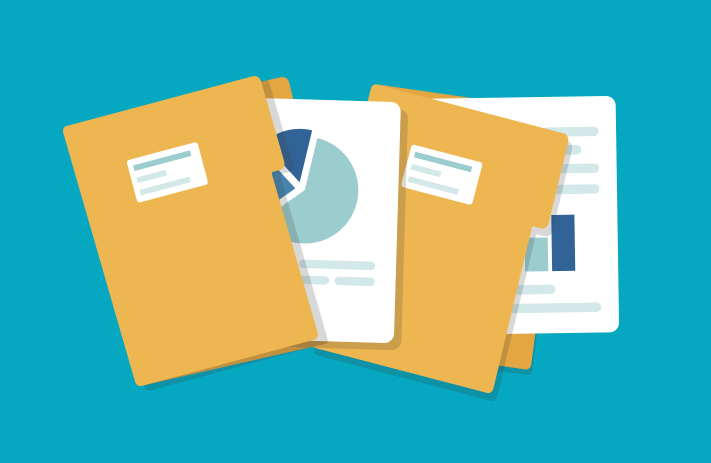
Click the button to start reading
Audience out of reach? Boost Your Campaigns with the Best Programmatic Advertising Platforms
Imagine a super busy online market where people buy and sell ad spaces.
It’s like a cool auction house on the internet, where advertisers try to win spots on the right websites and reach the most relevant audience. In this digital market, programmatic advertising platforms act as virtual managers who connect advertisers (the buyers) with website owners (the sellers).
Join us as we delve deeper into what programmatic advertising platforms are and share the top seven tools that can bring you the best results. Plus, you’ll learn about the challenges of this kind of advertising and the key factors you should consider before choosing a programmatic ad platform.

What Is a Programmatic Advertising Platform?
Programmatic advertising platforms are tools that help automate the buying and selling of digital ads. Instead of manually negotiating and placing ads, these platforms use algorithms to do it automatically.
To put it simply, programmatic ad platforms are like digital marketplaces where advertisers and website owners come together to buy and sell ad space. For efficiency, smart technologies are used to make the whole process easier and faster (in a matter of seconds!). How? Well, with the help of programmatic ad platforms, advertisers can choose who they want to target with their ads and, at the same time, find the most relevant sites for showing their ads.
Why Use Programmatic Advertising Platforms?
Programmatic ad platforms have a lot of advantages.
To begin with, advertisers can reach their target audience better because they can choose exactly who they want to show their ads. Second, they can see how their ads are doing and make changes in real-time. What’s more, these platforms help website owners make the most money from their ad space by finding the highest bidder automatically.
Finally, as more people use the internet, the digital ad market is getting bigger, offering businesses new opportunities to connect with customers online. No wonder forecasts show strong growth in this industry. Digital ad spending is expected to be $350.9 billion by 2026, and experts think it will reach $376.5 billion in 2027.
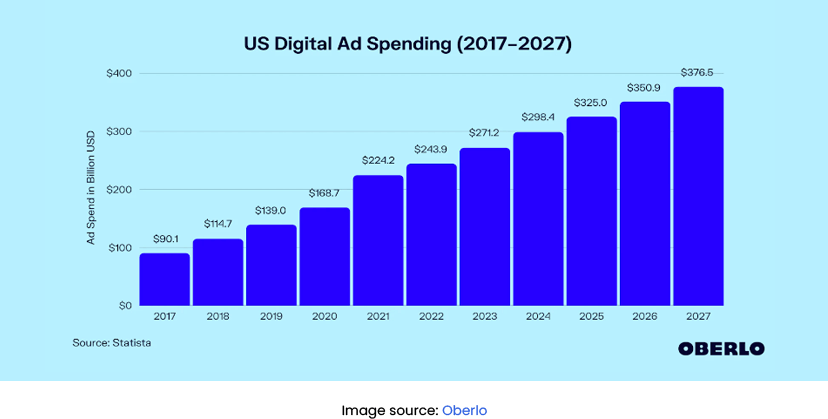
How Does Programmatic Advertising Work?
First, advertisers tell the programmatic platform who they want to reach with their ads, like specific age groups or interests.
The platform, then, uses clever computer programs to analyze loads of data and find the best places to show those ads. It even participates in real-time auctions to get the ad spots at the right price.
These steps happen in milliseconds, thanks to automated processes and algorithms that facilitate programmatic advertising.
Here’s a simple illustration of this process:
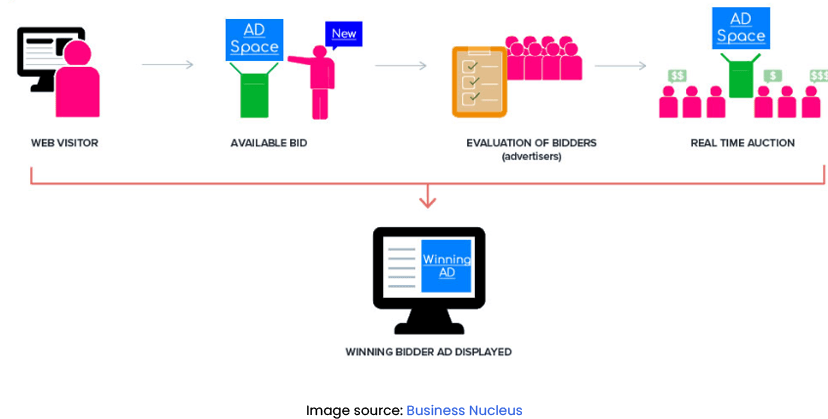
As mentioned above, the great thing about programmatic advertising is that it’s super targeted. Advertisers can reach the exact people they want based on their preferences and behaviors. And because it’s automated, everything happens quickly, with ads being shown to the right audience in no time.
List of the Top Programmatic Advertising Platforms
- Facebook for Business
- AdRoll
- Marin Software
- Skai
- Amazon Advertising
- LinkedIn Marketing Solutions
- Adobe Advertising Cloud
Best Programmatic Advertising Platforms for Unbeatable Results
Below are examples of programmatic advertising platforms. With them, you’ll have a trusted friend to make your ads more effective, reach your advertising goals, and scale your digital marketing efforts.
Facebook for Business: Reach, Engage, and Dominate the Social Media Landscape.
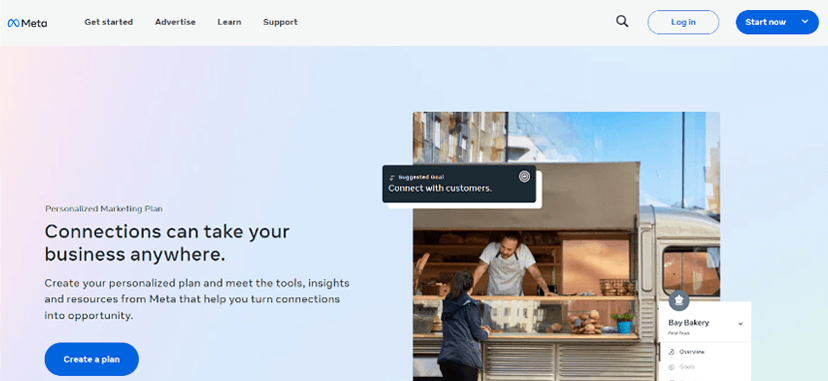
Whether you’re looking to build brand awareness, increase website traffic, or generate leads, Facebook for Business is the platform to give a try. With billions of active users, it gives you a unique opportunity to reach and convert your audience.
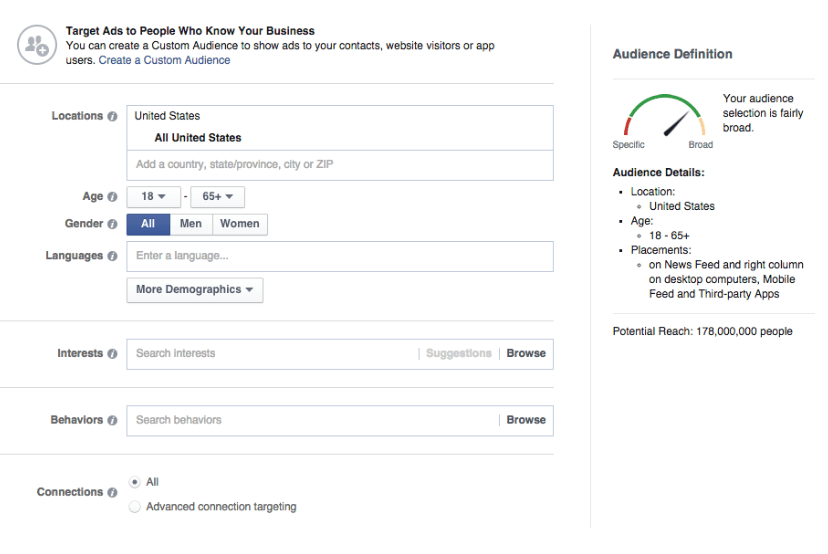
Here’s why Facebook for Business is useful:
- Choose Who Sees Your Ads: With this tool, you can pick specific groups based on their age, gender, location, interests, and behaviors. This way, you can show your ads to the people who’re most likely to be interested in your business.
- Different Ad Formats: Need flexibility? Luckily, you can use images, videos, or even a collection of images in a carousel format. This makes Facebook a great tool for programmatic video advertising, too.
- Showing Ads in Different Places: Your ads can appear not only on Facebook but also on Instagram, Messenger, and other apps and websites. This means you can reach people across different platforms.
- Understanding How Your Ads Perform: Did someone make a purchase or sign up for your newsletter? With FB for Business, you can track important numbers like how many times your ads are shown, how many people click on them, and how many people take action.
- Testing Your Ads: Next, you can personalize your ads based on your goals. If you want to get more people to visit your website or download your software, you can create ads specifically for that. By the way, you can also try different variants of your ads to see which ones perform better.
- Reaching People Again: Facebook for Business lets you target people who’ve interacted with your business before. For example, if someone visited your website, you can show them ads to remind them about your products or services. This can help bring them back and increase the chances of making a sale.
LinkedIn Marketing Solutions: Connect with Potential Customers in a Professional Setting.
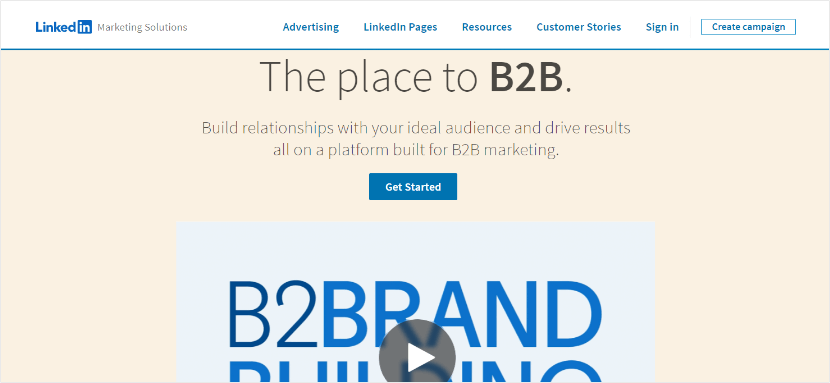
Now, off to the platform for professionals and B2B advertising. With LinkedIn Marketing Solutions, you can target people based on their professional details, such as their job titles and industries. It’s a valuable tool for businesses looking to connect with professionals and expand their network.
Here’s why it’s worth considering:
- Different Ad Options: Choose how your ads appear on LinkedIn. For example, you can use sponsored content, which shows up in users’ news feeds, or text ads that appear on the side or top of the page. Plus, there are sponsored InMail messages, which you can send directly to users’ LinkedIn inboxes.
- Targeting the Right Audience: This feature lets you narrow down your audience. You can decide who sees your ads based on factors like job title, industry, company size, location, and more.
- Understand How Effective Your Ads Are: The platform provides analytics and reporting tools, so you can see how your ads are performing. You can track metrics like impressions (how many times your ads are shown), clicks (how many people interact with your ads), and conversions (how many people take desired actions).
AdRoll: Personalize and Drive Conversions.
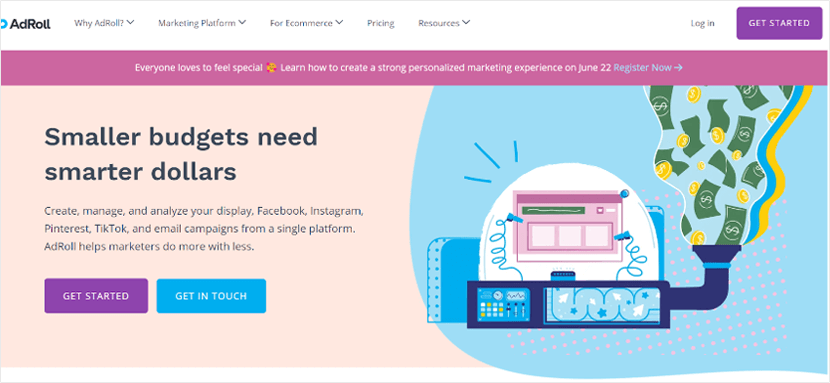
If we sum up the main goal of this platform, it would be this: to create ads that make people go, “Oh yeah, I remember them!”
AdRoll focuses on showing ads to people who’ve already visited your website or shown interest in your products. It’s like having a friendly assistant who follows your potential customers around the internet and shows them your ads.
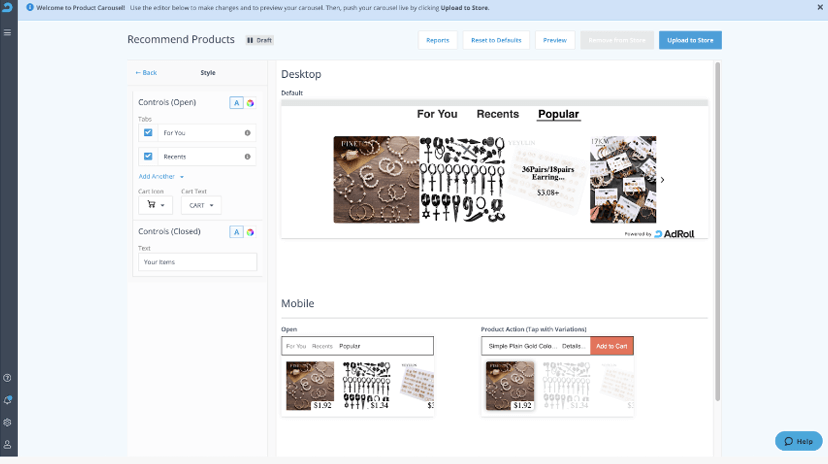
Here’s what AdRoll does:
- Bringing Visitors Back: If someone visited your site, looked at products, or added items to their cart but didn’t make a purchase, AdRoll steps in. It shows them ads when they’re browsing other websites or scrolling through social media – giving them a gentle reminder to come back.
- Different Types of Ads: Next, to catch people’s attention, you can have ads with images or videos or even send emails to reconnect with potential customers.
- Targeting the Right People: Furthermore, AdRoll views people’s online behavior, like what they’ve looked at or searched for. This way, it determines who might be interested in your products.
- Making Your Ads Better: Time for reports? AdRoll shows how your ads are performing, like the number of views and clicks. This information helps you understand what’s working and what’s not, so you can tweak your ads and get better results.
- Tailored to Your Goals: Finally, AdRoll lets you customize your campaigns based on what you want to achieve. If you want more people to visit your website, it focuses on driving traffic. If you want more sales, it optimizes your ads for conversions.
Marin: Manage and optimize your ad campaigns.
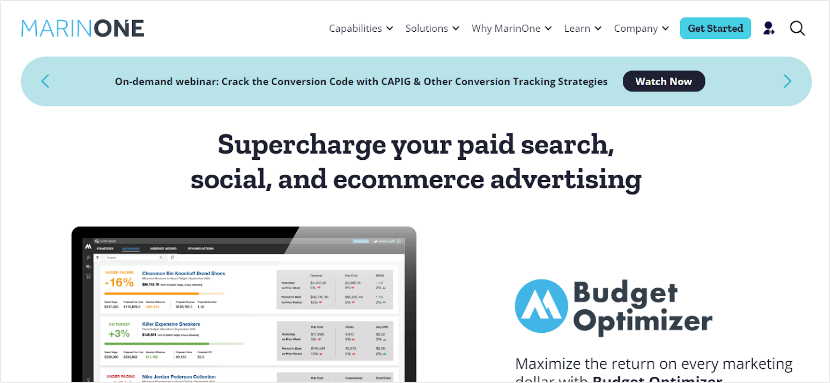
Need a personal assistant that takes care of your online advertising tasks? Meet Marin Software.
Marin is a programmatic advertising platform that helps businesses manage and optimize their digital ad campaigns. It offers features like audience targeting, bidding optimization, and cross-channel advertising.
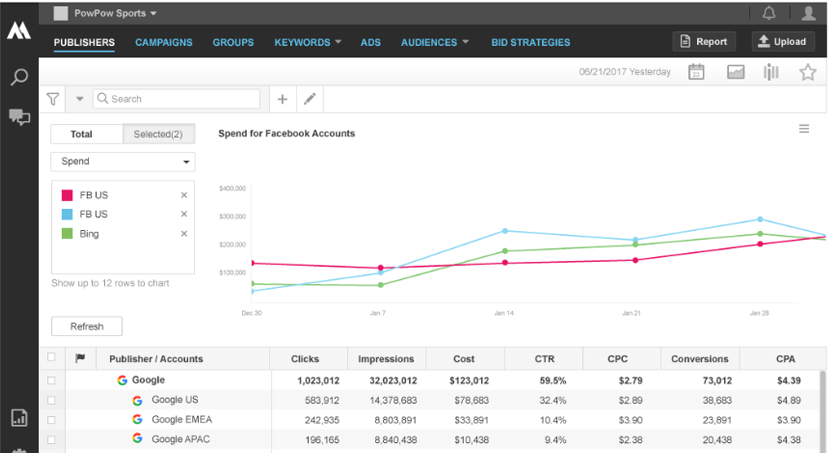
Here’s what you need to know about Marin Software:
- All-In-One Campaign Management: First, Marin brings all your advertising campaigns together in one place. Instead of logging into different platforms, you can access and control everything from a single dashboard.
- Boosting Performance: Better results are easier to reach. This tool analyzes data and gives you insights on how your ads are performing. Obviously, this information helps you make smarter decisions to improve your ad performance.
- Advertising Across Channels: With Marin, you can advertise on various channels like search engines, social media platforms, and display networks.
- Reaching the Right People: Choose the demographics, interests, and behaviors of your ideal audience. Next, target people who’re more likely to be interested in your products or services.
- Managing Budgets and Bids: By the way, you can also set limits on how much you want to spend and adjust your bids based on what’s working best.
- Time-Saving Automation: What’s more, Marin has smart features that automate repetitive tasks. It can handle bid adjustments, ad scheduling, and other routine jobs for you.
Skai: Maximize Your Brand Impact through Omnichannel Marketing.
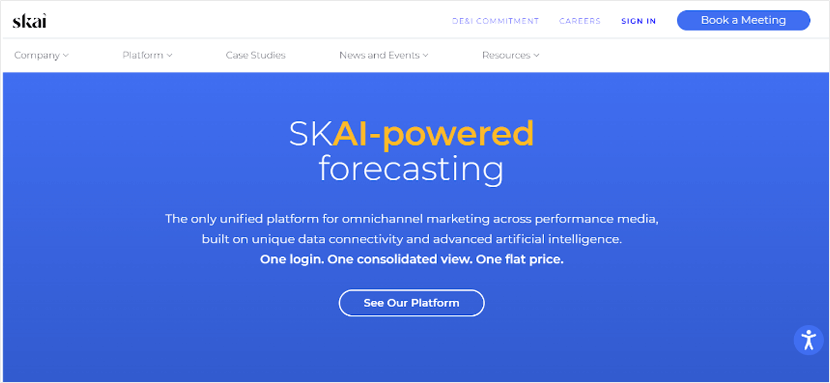
To put it shortly, Skai is a helpful platform for managing and improving your digital advertising. If you’re looking for unified solutions, and if you want to use the power of omnichannel marketing, Skai should be the right fit for you.
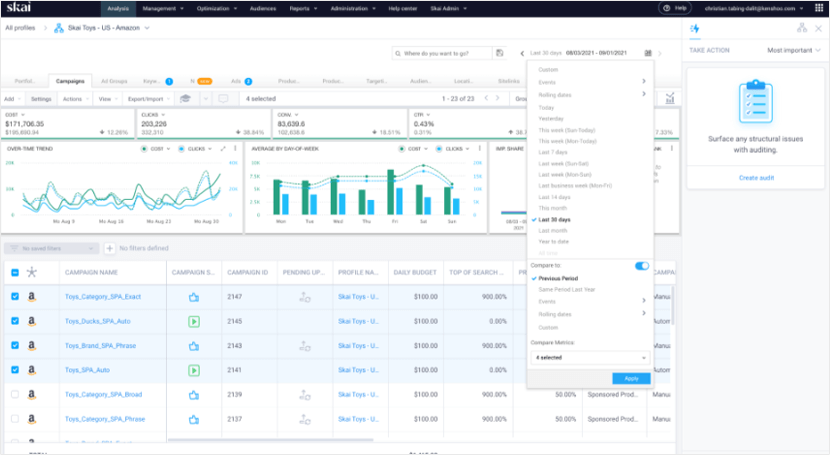
Here’s what you need to know about Skai:
- All-in-One Management: How about a control panel for your ads? Skai brings everything together so that you can control all your advertising campaigns from a single spot.
- Getting Smarter as You Go: Skai uses real-time data to make your ads better. It learns from how your ads are performing and makes adjustments to improve their impact.
- Advertising Everywhere: Next, you can show up wherever your potential customers are hanging out online. Skai lets you run your ads on different channels like search engines, social media, and websites.
- Making Your Ads Awesome: To sum up the key features, this tool helps you test different versions of your ads to see which ones work best.
Amazon Advertising: Boost Your Sales and Visibility.
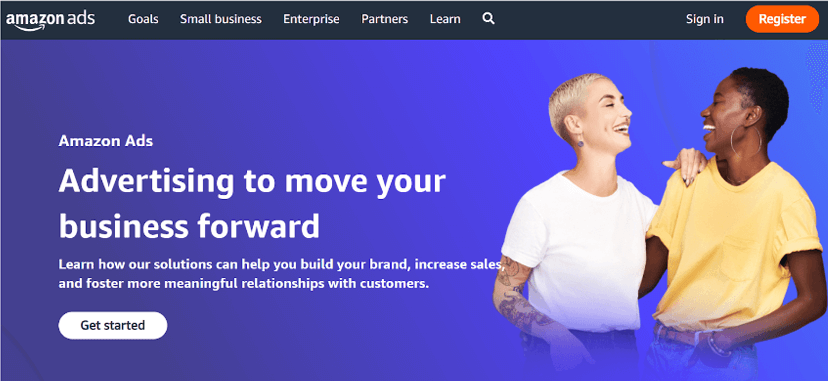
Amazon Advertising is a programmatic advertising platform specifically designed for advertising on Amazon’s e-commerce platform. The best part about it? With a single tool, you get a direct line to millions of Amazon customers.
Here’s what makes Amazon Ads powerful:
- Advertise Across Amazon Properties: You can place ads on product detail pages, search results pages, and even on Amazon devices like Kindle and Fire tablets. It’s like having multiple opportunities to catch the attention of Amazon users as they browse and decide what to buy.
- Targeted Advertising: Amazon Ads offers advanced targeting features. You can reach customers based on their search history, shopping behavior, demographics, and even their interests and preferences.
- Sponsored Product Ads: When customers are actively searching for similar items, sponsored product ads highlight your products to users. These ads appear in search results and on product detail pages, allowing you to promote specific products to relevant customers.
- Sponsored Brand Ads: Need a storefront that represents your brand? Sponsored Brand Ads allow businesses to showcase their brand logo, custom headline, and a range of products in a visually appealing way. These ads can improve brand awareness and help customers discover your business as they browse Amazon.
- Reporting and Analytics: Finally, Amazon Advertising gives you reporting tools to assess the performance of your ads. You can track impressions, clicks, conversions, and sales for each of your advertising campaigns.
Adobe Advertising Cloud: Programmatic Advertising Platform to Get Powerful Insights.
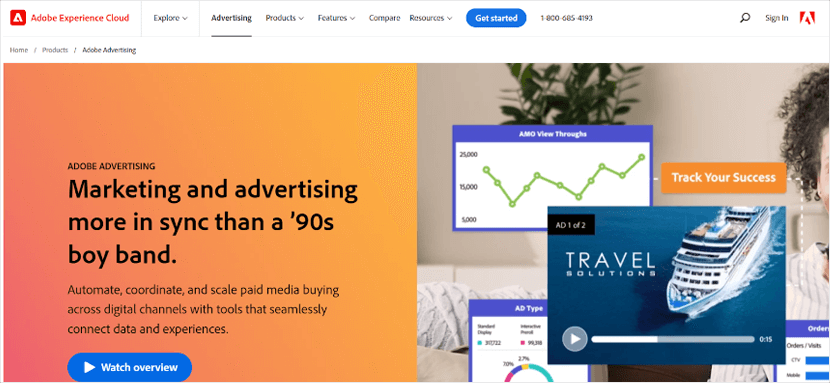
Adobe Advertising Cloud is a one-stop shop for managing your online ads and campaigns. By the way, you’re able to do it across multiple channels, including display, search, and video.
Additionally, Adobe Advertising Cloud works well with other Adobe Marketing Cloud products, allowing advertisers to use data and create personalized experiences.
Here’s what you need to know:
- All-in-One Control: Adobe Advertising Cloud lets you plan, execute, and optimize your ads from one place without jumping between different platforms.
- Show Up Everywhere: Whether people are browsing on their computers, using mobile apps, or watching videos on their smart TVs, you can reach them. Adobe Ads Cloud allows you to connect with your audience wherever they are.
- Improve as You Go: Furthermore, this tool uses smart technology to improve your ad campaigns in real-time. It learns from data and makes adjustments to get better results.
- Customize Your Ads: Tired of generic messaging? Create and personalize your ad content to make sure your ads look good and speak directly to your target audience.
- Stay in Control: With Adobe Advertising Cloud, you have control over your ad campaigns. You can see where your ads are being shown, how much you’re spending, and, therefore, make necessary adjustments whenever needed.
Programmatic Ad Platforms: Do You Really Need One? Five Key Factors to Consider.
Whether or not you need a programmatic ad platform depends on a few things. Let’s break it down:
1. Size and Complexity
If you’re running small ad campaigns or have a limited budget, you might not need a programmatic ad platform. But if your campaigns are big or more complicated, a programmatic platform can make things easier to manage.
2. Targeting Specific People
If reaching a particular audience is super important for your ads to succeed, a programmatic ad platform is worth considering. It helps you target the right people based on their interests, demographics, and behavior. It’s hard to do this level of targeting manually.
3. Real-Time Adjustments
Next, programmatic advertising platforms give you real-time data and insights about how your ads are doing. This means you can make changes on the fly to improve results. Without a programmatic platform, it’s tougher to get this kind of up-to-date information.
4. Access to Inventory and Insights
With a programmatic ad platform, you can access a wide range of ad spaces across different channels. This gives you more options to reach your audience. Plus, you get insights and reports that show you how people are responding to your ads.
5. Budget Control and Transparency
Finally, programmatic advertising platforms let you set and control your ad budgets more easily. You can see where your ads are being shown and make sure they’re appearing in good places. This helps you make the most of your budget and know where your money is going.
If these factors are important to you, a programmatic ad platform could be a valuable tool. But if your campaigns are smaller and simpler, you might be able to manage without one.
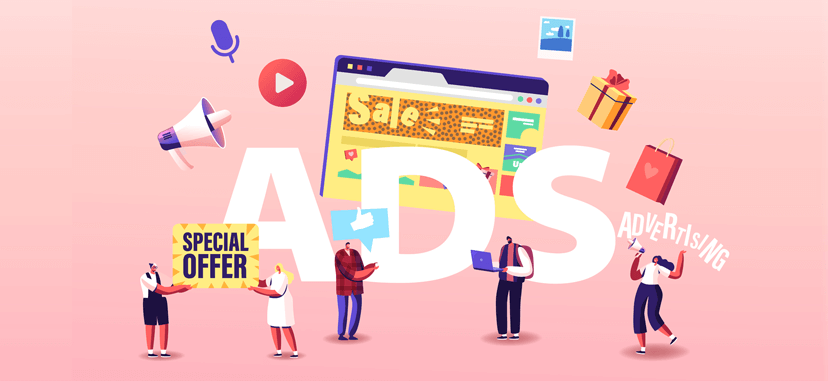
The Challenges of Programmatic Advertising
Remember, programmatic advertising can be powerful, but it’s important to tackle a few challenges head-on to make the most of it:
Ad Fraud: This happens when shady actors create fake impressions or clicks to trick advertisers. It can waste your ad budget and mess up your campaign results.
Brand Safety: Of course, nobody wants their brand associated with sketchy or harmful content. So, you have to make sure your ads appear in safe and appropriate places.
Ad Viewability: You want people to actually see your ads, right? Well, sometimes ads end up in spots where they’re not easily visible, like way down at the bottom of a webpage. Low viewability can affect how well your ads perform.
Ad Blockers: More than ever before, people use software to block ads altogether. This means your ads might not reach everyone you’re targeting. Finding ways to reach ad-blocking users is a bit tricky.
Data Quality and Privacy: Programmatic advertising relies on data to target the right audience. But you have to make sure the data is accurate, and you’re respecting user privacy. It’s all about balancing data usage and privacy regulations.
Ad Fatigue and Banner Blindness: People get tired of seeing the same ads over and over again. They might start ignoring them or become blind to banner ads. So you need to be more creative to catch their attention.
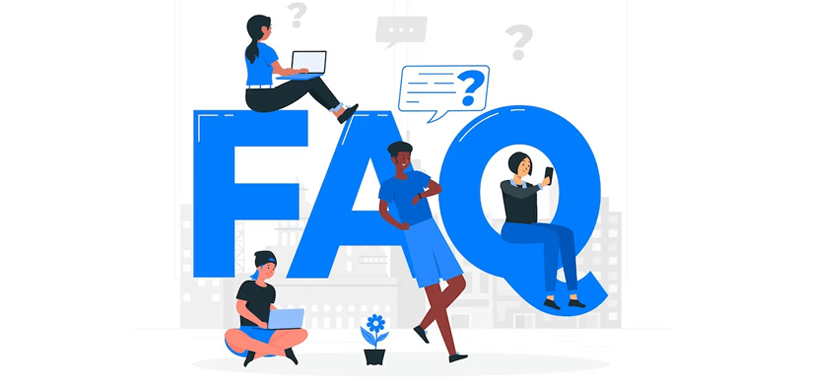
Frequently Asked Questions
Which programmatic advertising platform should I choose?
The choice of programmatic advertising platform depends on your specific needs and goals. Factors to consider include targeting capabilities, the amount of space available for ads, pricing, ease of use, support, and integration with other marketing tools. So, research and compare different platforms to find the one that best aligns with your advertising objectives.
Are programmatic advertising platforms suitable for small businesses?
Yes, programmatic advertising platforms can be beneficial for small businesses. They offer flexibility to reach a specific audience while optimizing how much you spend on ads. However, it’s important to set clear goals, set a budget, and carefully monitor campaign performance to maximize results.
Can programmatic advertising platforms guarantee results?
While programmatic advertising platforms provide advanced targeting and optimization features, they can’t guarantee specific results. The success of your campaigns depends on various factors, including your ad creative, messaging, targeting strategy, and competition. Continuous monitoring, testing, and optimization are crucial to achieving the best possible outcomes.
Programmatic advertising platforms do their best to follow important rules about privacy and data protection, like GDPR and CCPA. These rules are all about keeping people’s personal information safe and giving them control over how it’s used.
Do programmatic advertising platforms follow the rules for protecting people’s data?
Programmatic advertising platforms do their best to follow the rules about privacy and data protection, like GDPR and CCPA. These rules are all about keeping people’s personal information safe and giving them control over how it’s used.
However, it’s important to remember that each platform is different, so it’s a good idea to check their privacy policies to make sure they’re following the rules. That way, you can be confident that they’ll keep your customers’ information safe and respect privacy laws.
Let’s Sum It Up!
Whether in big companies or small businesses, examples of programmatic advertising platforms are used by smart marketers who want to stand out from the crowd.
For marketers who use these tools, success is like finding the secret recipe for cost-effective advertising, where every dollar spent brings the best results. It’s all about reaching a bigger audience and grabbing their attention in the right way.
And here’s the best part: you don’t have to worry about the technical stuff. The best programmatic advertising platforms handle all the nitty-gritty behind the scenes, so you can focus on what you do best – growing your business!




